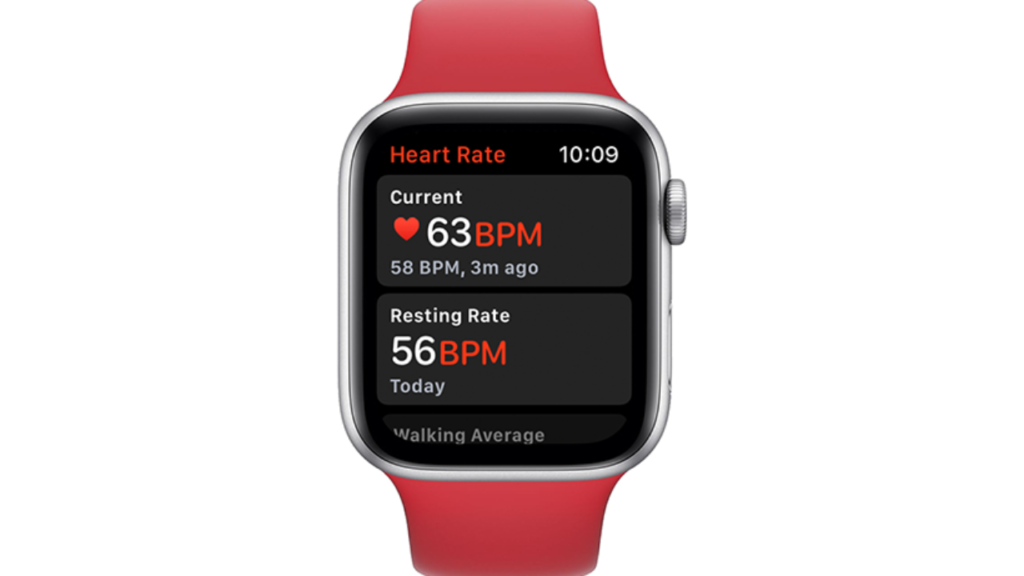The new technological brilliance that emerged in 21st century is smart-watches. Accept it or not, smart-watches are proven to be technically and medically useful for humans for its wide-variety of health-monitoring features. And here, major credits goes to Apple’s iWatch, for including innovative health assist features in its smart-watch that had saved many people, irrespective of age.
Apple Watch has immense health monitoring capabilities starting with measuring your heart rate & cardio fitness, blood oxygen levels, ECG to notifying or alerting you for medications and lot more. Recognizing the capabilities, even doctors had started recommending to buy an Apple Watch for patients, including this cardiologist – Dr. Aseem Desai, Providence Mission Hospital.
What Health Conditions can Apple Watch Detect?
Heart Rate Monitoring
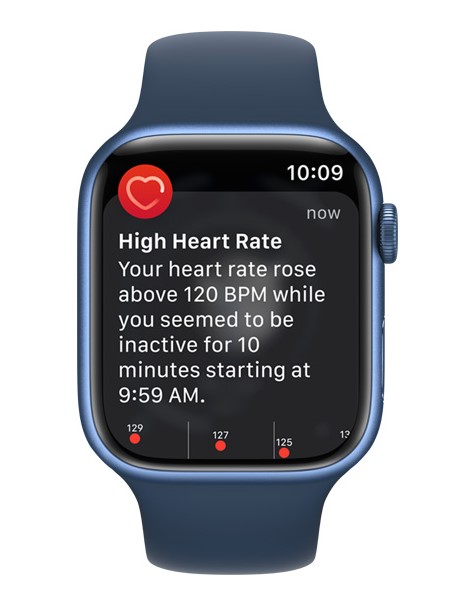
Apple Watch monitors heart rate of a person and detects for high or low heart rates, which could be signs of a serious underlying condition. After connecting the watch to iPhone, you can set the high and low heart rate BPM (which is 120 BPM and 40BPM) by opening the Apple Watch app and tap My Watch Tab and then tap Heart, where you will find the setting.
Apple Watch incorporates photodiodes (light sensing photo sensors) which detect a series of flashing green LED lights. By flashing those lights on a wearer’s wrist for hundreds of times per second, the watch is capable of tracking the blood flow through arteries. This allows the watch to calculate how many times the heart beats per minute (heart rate).
The heart-rate monitoring of Apple Watch is found to be 91% accurate, which is the highest amidst normal wrist-based fitness tracking devices.
Also, be informed that Apple Watch doesn’t detect heart attacks, however.
Irregular Rhythm – Atrial Fibrillation
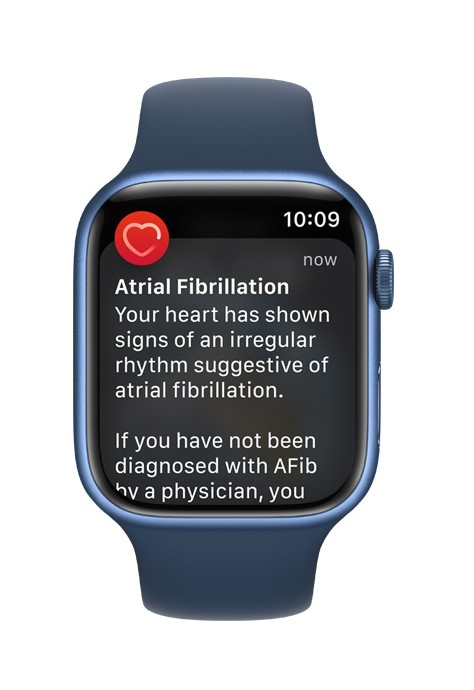
Apple Watch’s next life-saving health check is this irregular rhythm notifications that occasionally checks for signs of irregular heartbeats that may be hint of atrial fibrillation (AFib). AFib is a type of irregular heart rhythm where the upper chambers of the heart beat out of sync with the lower chambers.
This health-notification makes use of the watch’s optical heart sensor used to detect the pulse wave at the wrist. You can enable the setting in the connected iPhone’s ‘Health App’, by heading to Heart > Irregular Rhythm Notification and the same in Apple Watch App too.
In some instances, Apple Watch do indicate the presence of an irregular heart rhythm other than AFib.
ECG App
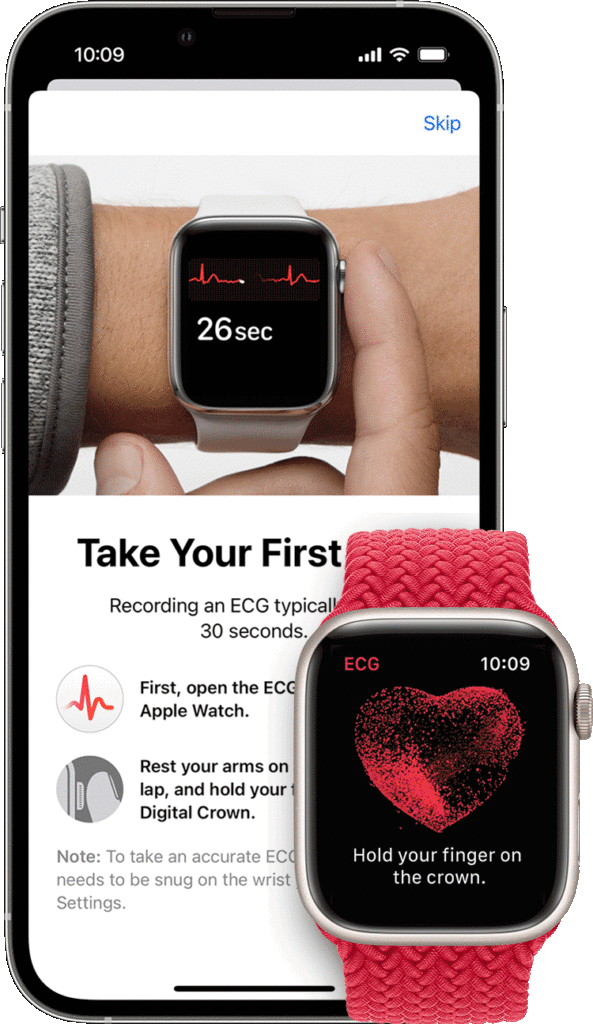
Apple Watch’s ECG App is really helpful for users or patients who experience symptoms such as irregular rhythms or heartbeats and a handy one for an electrocardiogram record of a person. The ECG app could render doctors a clear picture of what had happened with the user while experiencing chest pain or tightening, shortness of breath, palpitations or dizziness and lightheadedness.
The ECG app uses built-in electrical heart sensor that records a single-lead ECG similar to Lead I ECG. Precisely, the app provides result of sinus rhythm, AFib, AFib with high heart rate, inconclusive or poor recording and in fact, prompts the user to enter any symptoms like rapid heartbeat, dizziness or fatigue, if they’d experienced.
The recorded data along with date & time can be exported from the Health App as a PDF to share with doctors. The app received clearance for users 22 years or older.
Here is how it works: Open the ECG App on Apple Watch. Rest your arms on a table or on your lap, and hold your index finger on the digital crown for 30 seconds. Now you can review your rhythm classification and record symptoms.
Blood Oxygen Level
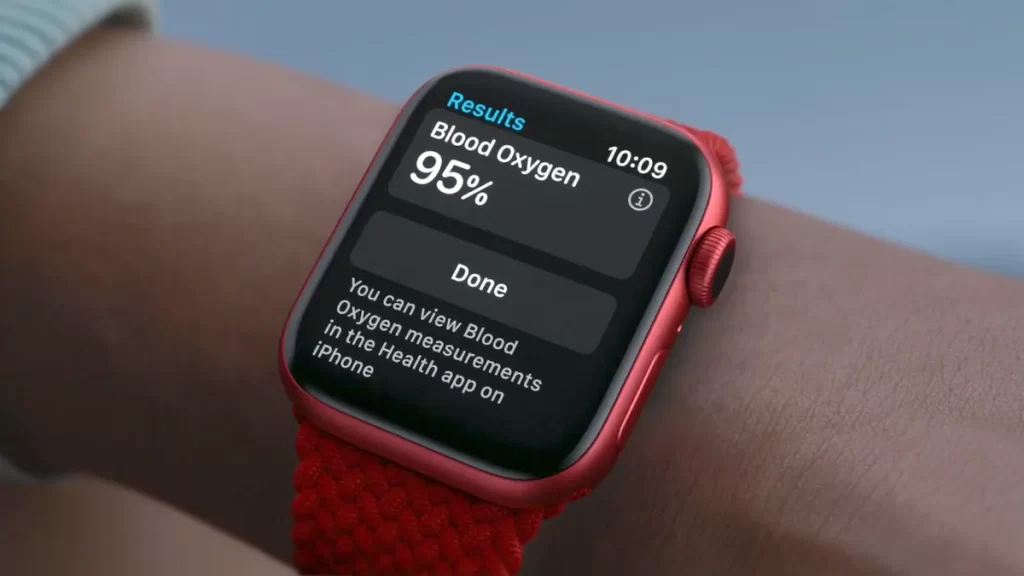
Another impressive monitoring feature of Apple Watch is its blood oxygen sensor showing the blood oxygen level in the body. The sensor discerns the oxygen saturation in your blood in just 15 seconds.
The watch’s optical heart sensor is exploited here too. It emits red and green LED light and infrared light onto your wrist and measures the amount of light reflected back. After, the watch’s sensor uses an algorithm that calculates the color of your blood. Bright red blood indicates of more oxygen level which is a healthy one and dark red blood has less content.
Blood Oxygen saturation levels are healthy if in the range of 95 – 100% and if the watch shows saturation level below 92%, one should visit a doctor for a checkup and if it downs to 88%, there’s an emergency to head to the hospital as soon as possible. Low blood oxygen levels can lead to organ damage and also is a sign of issues in your lungs or circulatory system.
Related Posts
Noise Levels
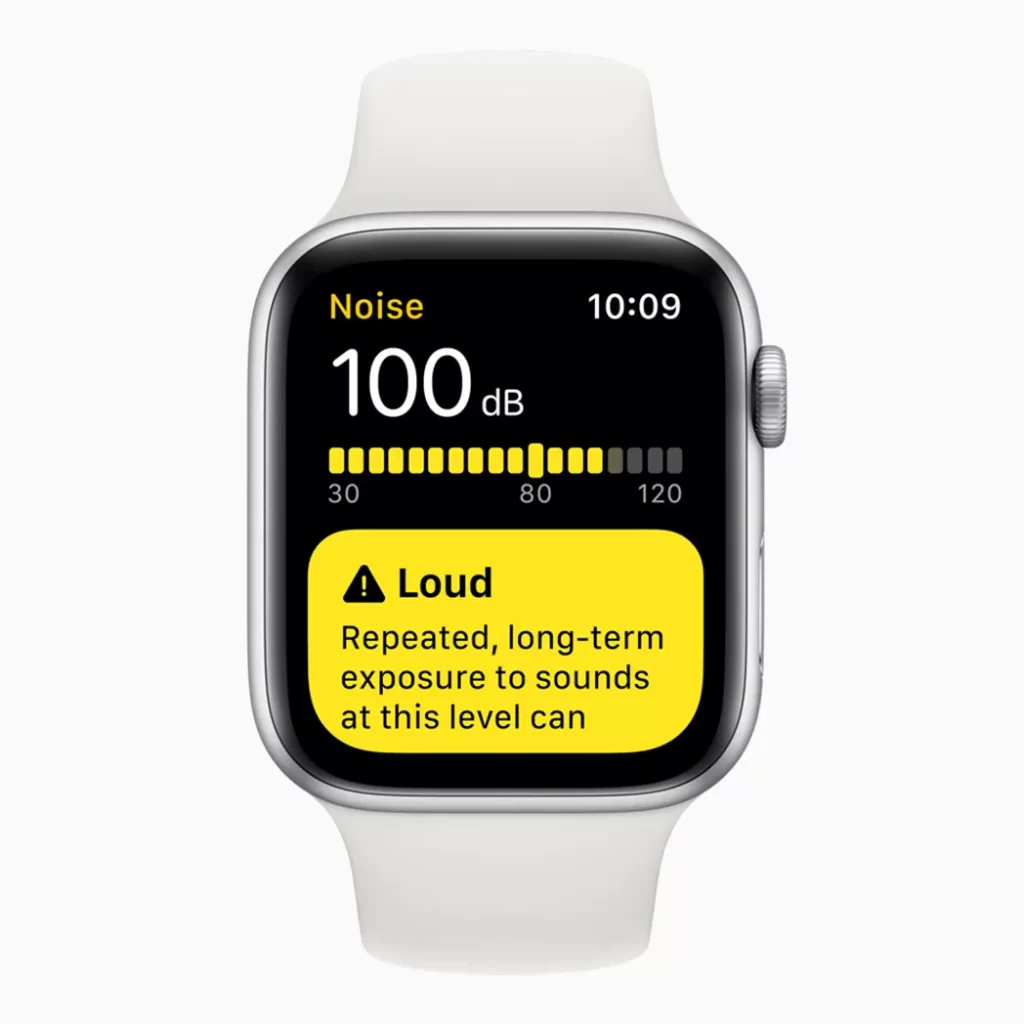
Apple Watch’s Noise App hears the surroundings and notifies you with a short vibration, whenever the watch detects noises of unsafe decibel level, noises that are too loud and long.
As being around sounds above 70 decibels for an extended period of time leads to damaged hearing, the watch intimates you if you are in such a place of loud (above 80 decibels) and prolonged sounds.
You can turn this feature on or off or modify it in the Noise App.
Medications
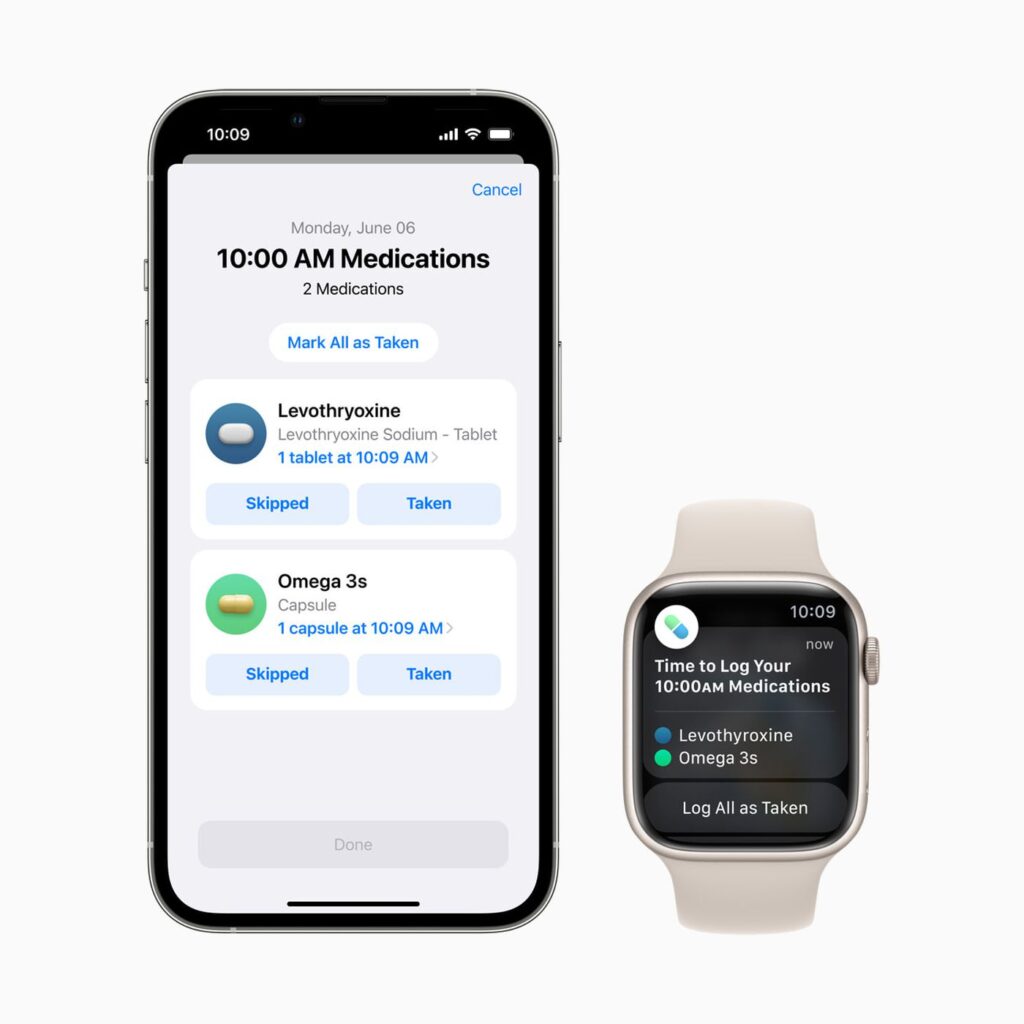
This feature is like a mother constantly noticing and commanding you to take medicines or supplements for people with illness. The Watch will alert you on the specified timings to intake the medicines and also saves log of all consumed medicines to have a track for doctors.
Indeed, the Apple Watch will do more. It can alert you if you are consuming alcohol while simultaneously taking certain medications which are not supposed to be, as it may have serious reaction.
The feature requires the users to upload a photo of the label of medicine they are prescribed and the warnings regarding the medicine will then be added to the Health App and profile.
Cardio Fitness
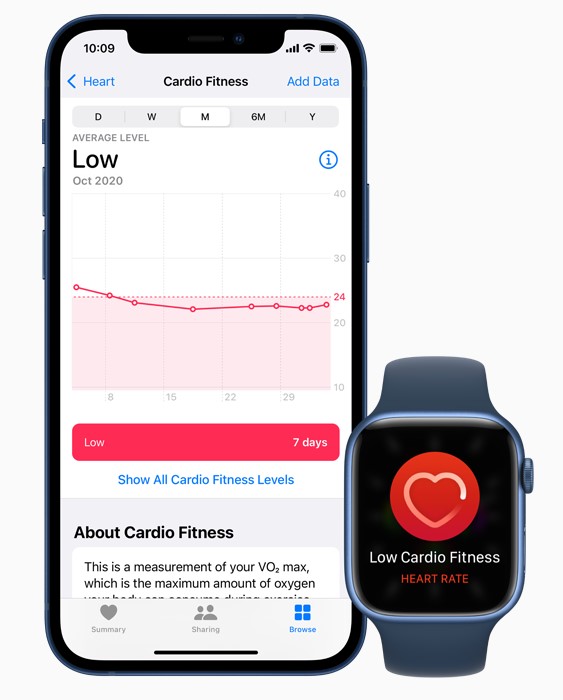
In general, Apple Watch also looks out for your overall physical health and well-being by monitoring the cardiovascular fitness (VO2 max) and mobility. The watch’s Cardio fitness indicates the physical health by measuring your walking quality – speed, step length, walking asymmetry and more. These metrics are then utilized for research and app development with the users’ permission.
Apple Watch will intimate if your cardio fitness is low or average or above average or Good.
Fall Detection
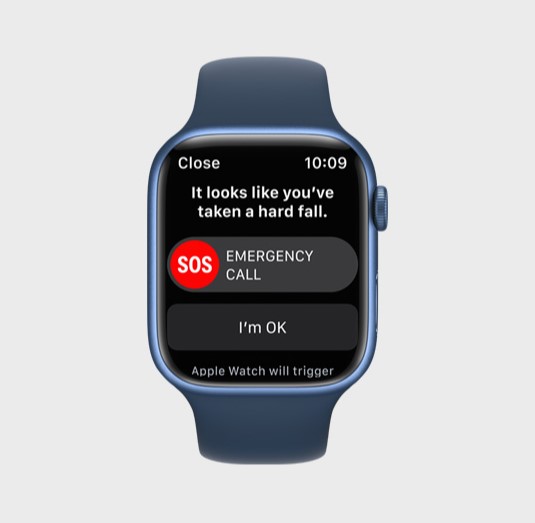
Fall detection can be a highly useful feature for older folks, or anyone who uses an Apple Watch to hike, bike, or climb outdoors.
Once the watch notices you’ve fallen, it vibrates and sounds an alarm on your wrist while also displaying a visual alert. You can choose to notify emergency services or dismiss the alert altogether.
Additionally, if the watch detects no movement for roughly a minute, it starts a 30-second countdown with vibrations and sounds. If there’s still no movement, it automatically calls for help and sends both an alert and your location to your emergency contacts.
Medical ID
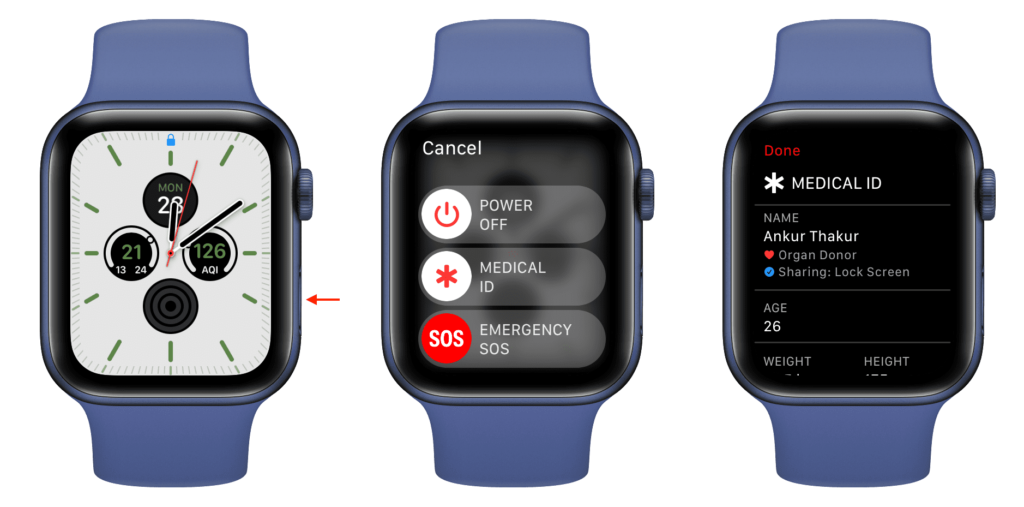
Finally, Apple Watch makes room for your Medical ID, which allows emergency room clinicians to access critical medical information like Blood group, age & emergency contacts from a patient’s Apple Watch or iPhone Lock Screen without requiring a passcode and without compromising patient privacy.
Users can list important information of themselves like allergies, medications, conditions and even organ donor preferences by setting up Medical ID in the Health App on iPhone.
Will you consider buying Apple Watch anytime in future? Tell us in the comments…
(For more such interesting technology and innovative detailing, keep reading The Inner Detail).
(Images Source: Apple)
